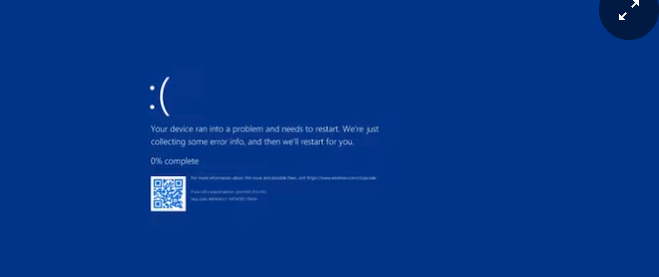
How to Patch Vulnerabilities: A Comprehensive Guide
Leaving vulnerabilities unpatched can expose organizations to significant risks. Attackers actively search for known vulnerabilities to exploit, and exploiting unpatched vulnerabilities is a common technique. Such attacks can result in data breaches, financial losses, reputational

















